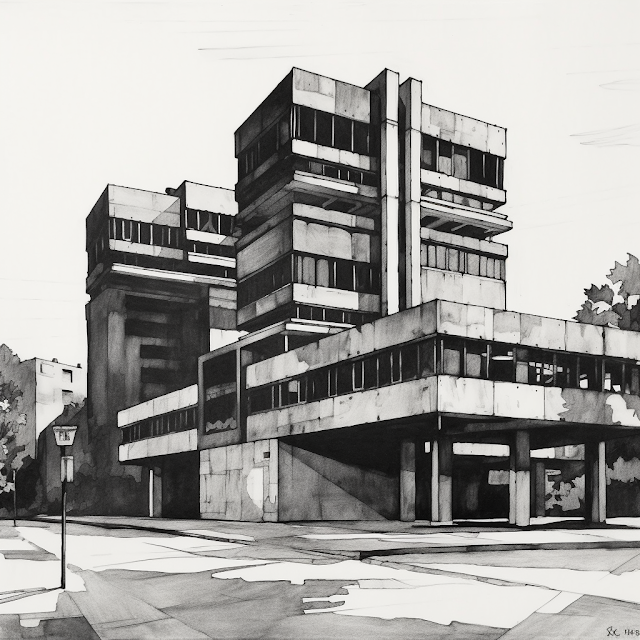The Investigators of the Frozen Moonlight

As part of my ongoing effort to write a little winter mystery, here is a guide to making a character suitable for the Frozen Moonlight adventure. I'm probably, very likely, going to lean on 2400 or "Just Roll High" for this adventure. DallE attempts to illustrate Norwegians in the 19th century. Your Investigator To create a character, you and the game master can go through the following steps: 1. Choose a Name 2. Roll for Qualities 3. Select a Background 4. Choose a Specialty 5. Select Equipment Name Select an appropriate name for your character. If you can’t think of one, you can always make a roll or choose from the table below. Male Names Female Names Family Names Ole Anna Hansen Johan Marit Johansen Hans Inger Olsen Nils Kari Larsen Anders Berit Andersen Lars Liv Nilsen Knut Guri Pedersen Peder Sigrid Eriksen Sven Oline Kristiansen Erik Eli Magnussen Jon Ragna Svendsen Magnus Hilda Knudsen Qualities Each character receives a set of random qualities...






